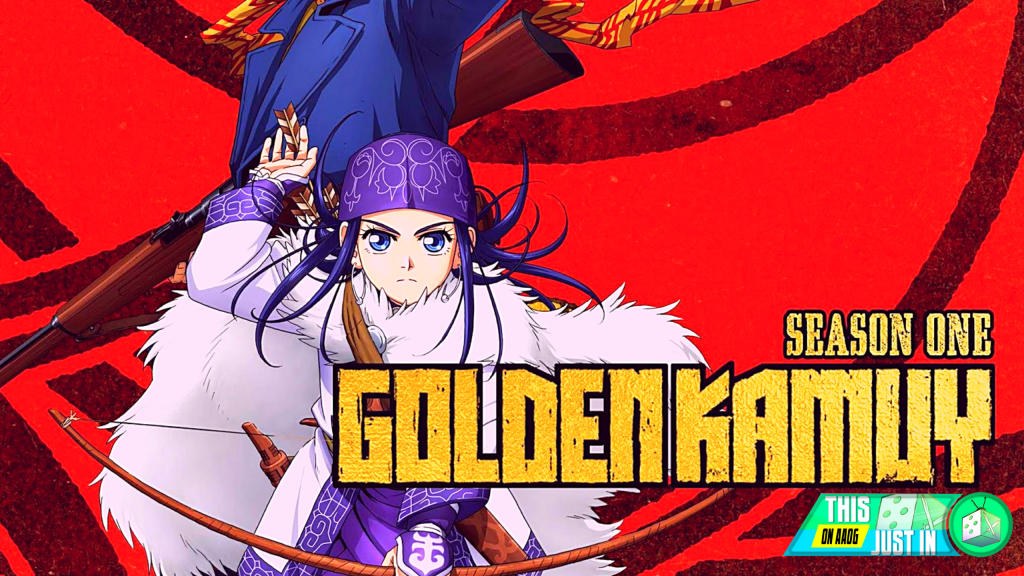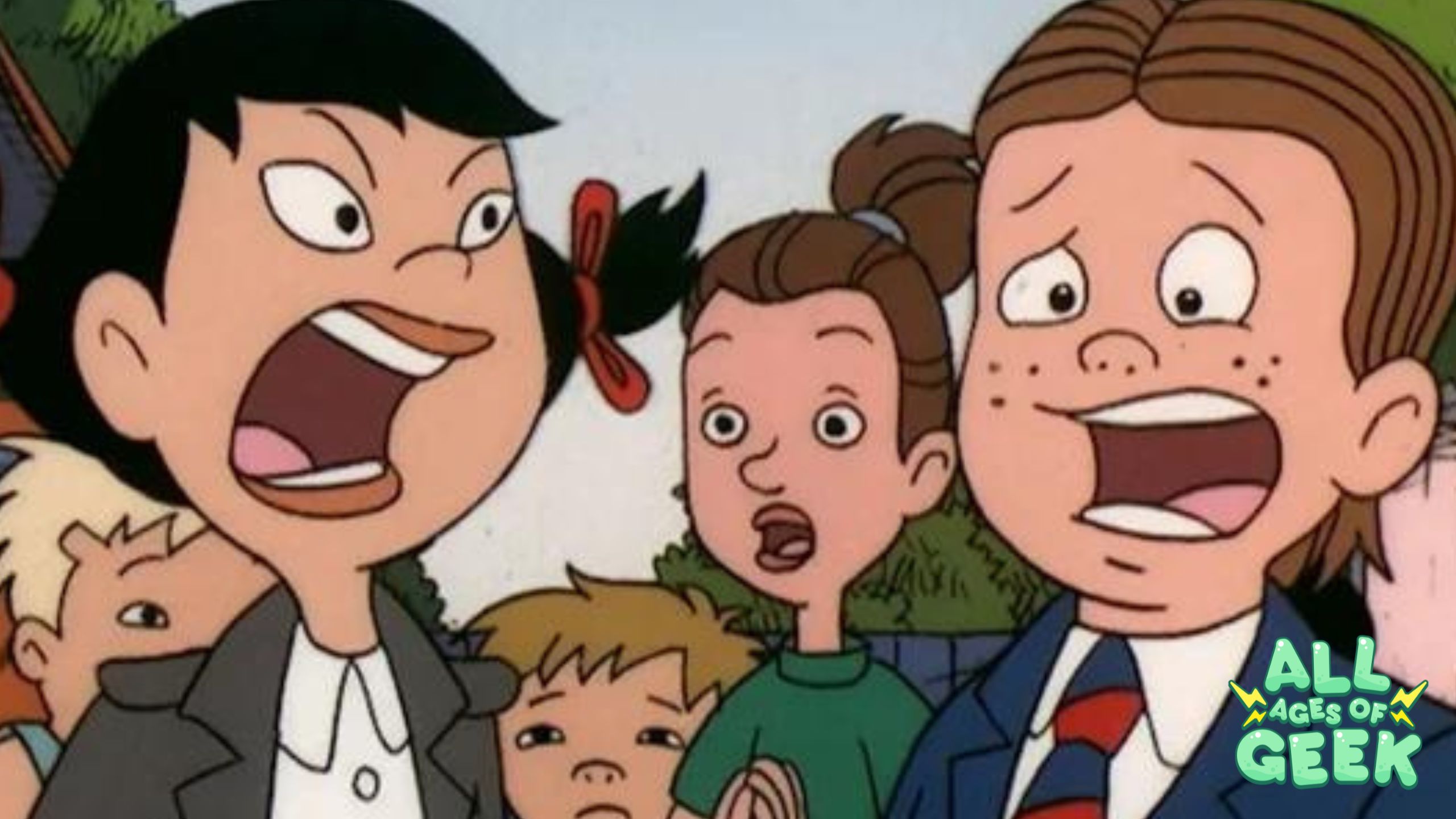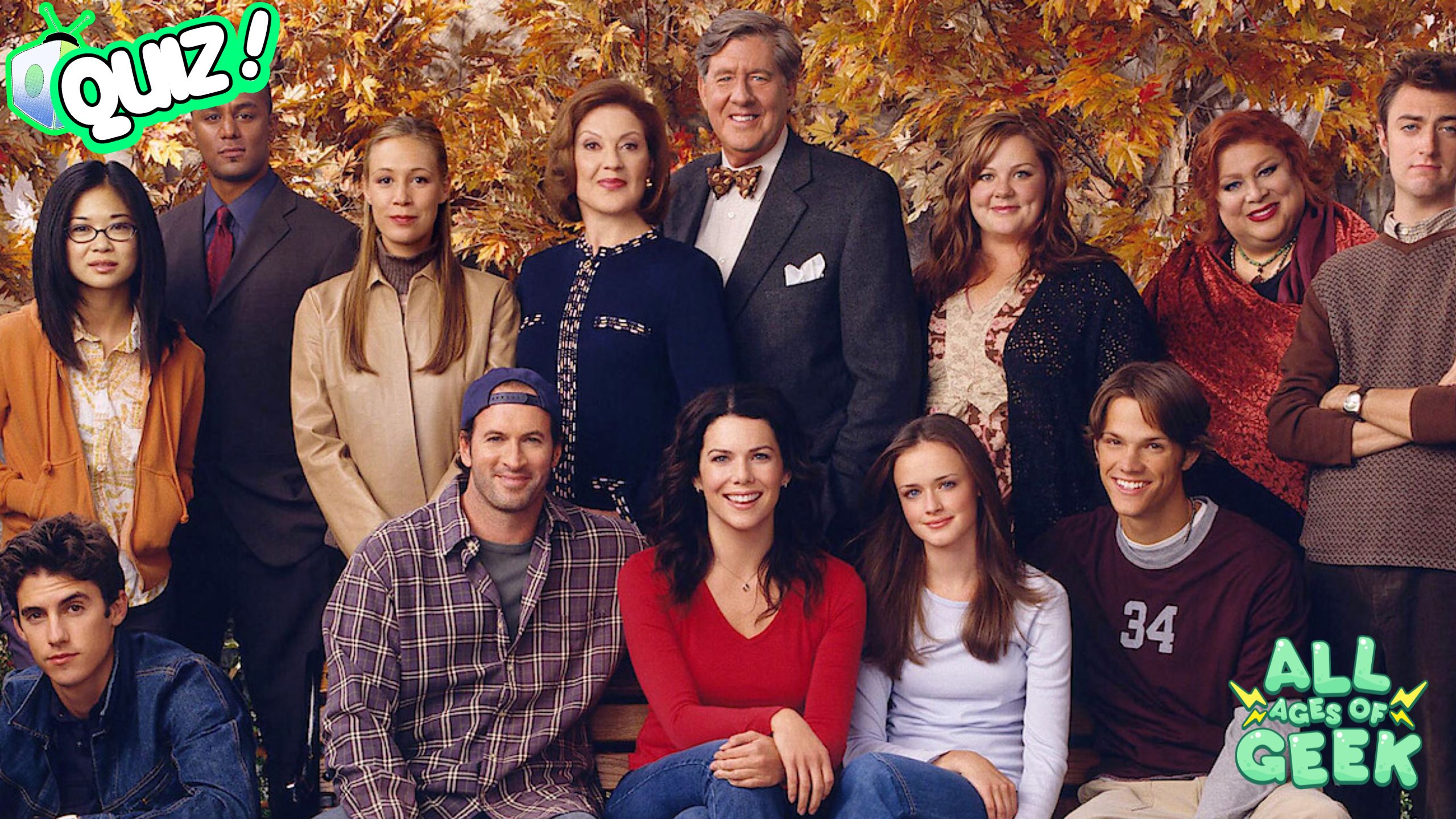Golden Kamuy is definitely an interesting series on premise alone. It focuses around the island of Hokkaido in the early 20th century during the Meiji restoration. This was Japan’s era of growth and becoming much more Westernized. If you’re unfamiliar, watch the History of Japan video on YouTube. It’s a quick, funny way to have an abridged and engaging look at Japan’s history.
However, one thing that video doesn’t mention is the Ainu people.
Who the heck are they, you might ask?
They’re the indigenous people of Hokkaido, though they also lived on the southwest coast of Sakhalin and the Kurile Islands.
Unfortunately, they’ve befallen much the same fate as the vast majority of indigenous ethnic populations. The Japanese have loosely subjugated them since around the 15th century. However, the Meiji Restoration caused forced assimilation as the Japanese empire expanded outward starting in the late 1800s. Their rights were taken away, many practices outlawed, and their traditional way of life was just destroyed.
I sound like I have a vested interest in them and I do. I’ve been reading books on their history and culture for the past year, year and a half. Ever since my first exposure to them via a song in the series Uta Kata, I’ve been interested. For a random Westerner, I probably have one of the more extensive non-scholastic libraries on them. Admittedly, that still comes out to maybe a dozen books. It’s not a lot, but it’s still a collection worth several hundred dollars.
So, needless to say, I approach this series from an extremely different point of view than most anime fans. I won’t call myself “educated” as I’m talking about a group I have never interacted with. My sources are flawed, coming mainly from Westerners themselves. My only two primary sources are from Reverend John Batchelor and Doctor Niel Gordon Munro. Both come from the period Golden Kamuy is from, though Batchelor’s methods and interpretations are…very biased. Dr. Munro’s explorations of the Ainu worldview feel more in line with what is actually believed. I look at Ainu Creed and Cult from the 1930s and compare it to Ainu: Spirit of a Northern People. It’s a 1999 book that accompanied a Smithsonian display of Ainu artifacts, put together with the help of living Ainu. Some even wrote chapters in it, so I trust Dr. Munro a bit more than Reverend Batchelor. Regardless, the reverend still collected a wealth of information that would’ve been otherwise lost.
I don’t want to claim I understand a native peoples through biased Western sources. But I have learned things about the specific period addressed in this series. I try to approach this with the utmost respect I can. This article is just my experience through the episode.
The first half was honestly nothing home to write about. It was pretty thrilling and set up the general plot pretty well. The main character, Sugimoto Saichi, is a Japanese soldier that left the Russo-Japanese War. He’s panning for gold in order to help his friend out that died (?) in it. (I am seriously only halfway through the episode while writing this part.) The man’s wife is going blind and nobody wants a single mother, so Saichi is trying to get money for her operation. Some other man tells him a weird story about a man that stashed away a bunch of gold after killing a bunch of Ainu for it.
Honestly, this part saddened me greatly as this history has already played out. It was even recorded in the voice of Chiri Yukie. She was a woman that wrote down a handful of Ainu songs and translated them into Japanese. It was the first time an Ainu did that with their own hand. Her little foreward is…really upsetting. The original version was penned in 1912, the same time period of the anime.
“But…the language that we use each day to share our feelings with our beloved ancestors has become worn with use. Even the beautiful words that have been handed down to us are mostly timid things, things which will surely be extinguished along with their weak, doomed users. Oh what a heartbreaking thing — and almost already a memory.
“I, born an Ainu and living among Ainu speakers, in my spare moments, in rainy evenings and snowy nights, have put together with my clumsy brush just one or two of the very least of the tales our ancestors told for amusement. If it should turn out this is read by some who are kind enough to understand us, then I shall share with our race’s ancestors joy without limit, happiness unsurpassable.”
Yukie Chiri
The reason I stopped writing this article at the exact spot I did was because I immediately recognised what was going to happen as soon as it appeared especially when combined with the episode title “Wen Kamuy.”
“Wen kamuy” is a term that roughly translates to “evil god” in Ainu (Munro). “Kamuy” is a much broader term than just gods but let’s go with it for now. In particular, it often references bears that kill people. This is particularly relevant as the bear is the incarnation of Kimun (or Kim-un, depending on source) Kamuy or the god of the mountains in living flesh. It is their most sacred animal and is ritually killed in the iyomante or Bear Festival.
Honestly, I stopped here because it just felt so salient. For the average anime viewer, it’d be like “OH SHIT BEAR’S COMIN—”
But to understand at least a bit of the cultural significance and context is just…very sobering.
And cue timeskip to me having finished the episode.
It was definitely very interesting, playing more to the plot and setting up the characters meeting. Asirpa is definitely interesting. In all of the sources I’ve read, women weren’t allowed to hunt. They gathered the plants that made up the majority of the Ainu diet. The reason they couldn’t was because of the fact that hunting included communing with the kamuy by thanking them for the kill. And women just weren’t allowed to have any part in religion aside from being a medium or tusu. The main exception was the Feast of Falling Tears (Munro).
But I do acknowledge my understanding of things is limited by the small amount of biased resources available to me. Only Emiko Ohnuki-Tierney’s writings have anything close to a native voice. Even then, she was a researcher, but she worked with the few remaining Sakhalin Ainu to record their knowledge before they all died out back in the 70s and 80s.
My opinion on the episode, though, was that it was an effective start. It established the characters, gave the plot hook, and created the throughline that will carry the story. It had some decent action and started introducing cultural concepts unique to the Ainu.
Sources:
Munro, Niel. Ainu Creed and Cult. Kegan Paul International, 1996.
Peterson, Benjamin, and Yukie Chiri. The Song the Owl God Sang : The Collected Ainu Legends of Chiri Yukie. Place Of Publication Not Identified, Bjs Books, 2013.










